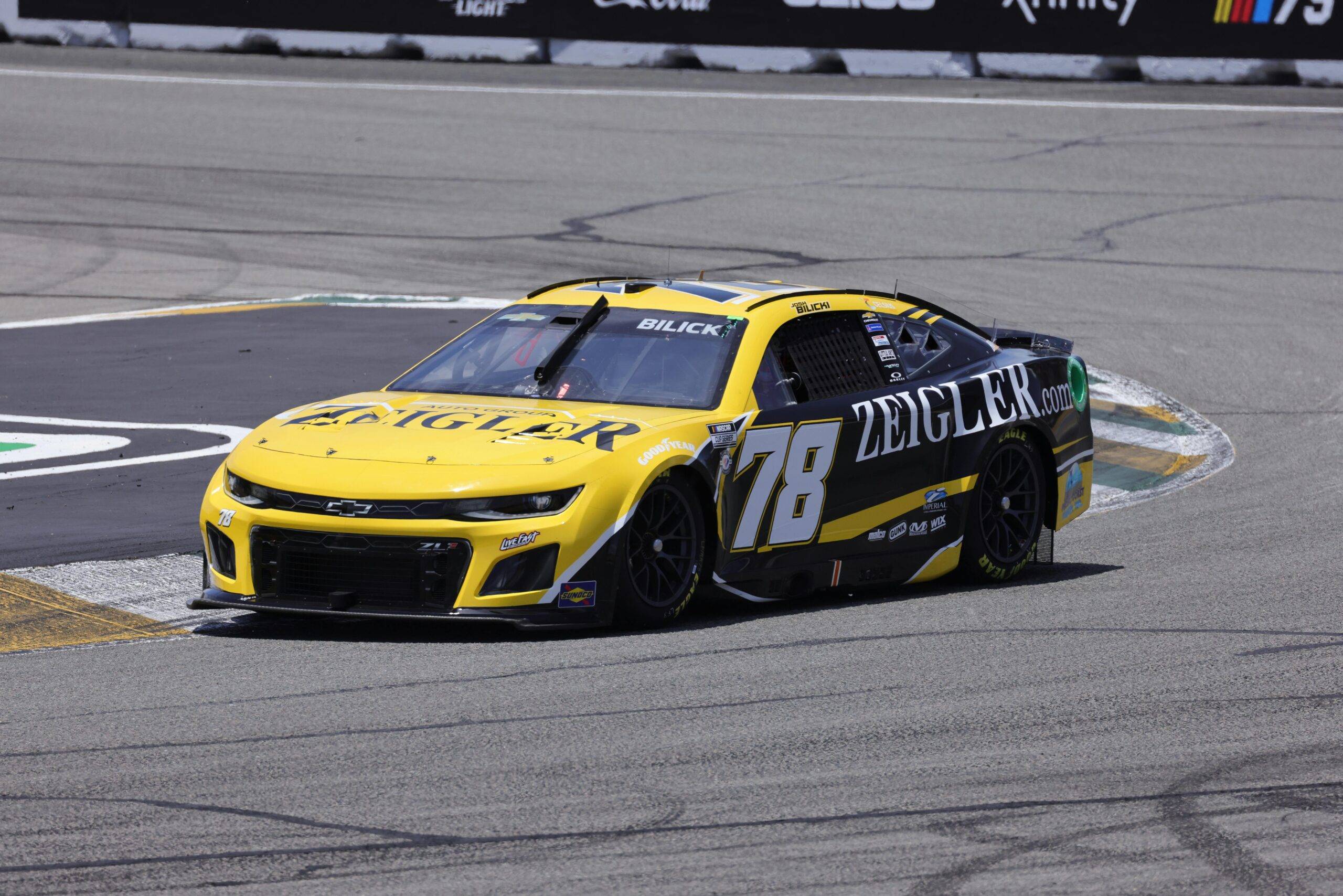Introduction
NASCAR introduced stage racing to add strategy, mid-race rewards, and more competitive action throughout an event. Understanding stages helps fans follow points swings and pit decisions as they happen.
Before you dig into strategy details, read our Racing Line, Apex & Exit: The Beginner’s Guide to learn the fundamentals that influence lap time and race craft.
What Are NASCAR Stages?
A NASCAR race is divided into multiple parts called stages. Each stage ends at a predetermined lap count and awards points to the top finishers of that stage before the race continues. A brief caution period typically follows a stage finish, giving teams a chance to pit and adjust strategy.
How Stage Points Work
Drivers earn stage points at the end of Stages 1 and 2 (and sometimes additional stages depending on series/track length). These points contribute to the season-long championship.
| Stage Result | Stage Points |
|---|---|
| 1st | 10 |
| 2nd | 9 |
| 3rd | 8 |
| 4th | 7 |
| 5th | 6 |
| 6th | 5 |
| 7th | 4 |
| 8th | 3 |
| 9th | 2 |
| 10th | 1 |
A stage win also awards a small number of playoff points that carry into the postseason, which is why front-runners often race aggressively before the stage end.
Why Stages Change Strategy
Teams decide whether to push for stage points or prioritize track position for the final stage. A driver might stay out to gain stage points, while another might pit early to set up clean air for the next run. These decisions affect tire wear, fuel windows, and restart positioning.
If you want to practice decision-making and driving technique at home, explore our Best Sim Racing Gear for Beginners guide for affordable starter setups.
Stage Cautions and Restarts
At the end of a stage, the field is neutralized under caution. Many teams pit during the stage break for tires and fuel. Restarts after stage breaks can shuffle the order dramatically, creating passing opportunities and strategy swings.
Final Thoughts
Stage racing rewards consistent pace throughout the event, not just at the checkered flag. Understanding how stage points, cautions, and restarts work will help you follow the bigger strategic picture in every NASCAR race.
For another rules-and-tech concept that shapes racecraft, read What Is DRS in F1 & How It Works to see how aerodynamics influence overtaking in open-wheel racing.
Do you prefer teams going for stage points or saving tires for the final stage? Share your thoughts below.
FAQ
Q: What are NASCAR stages?
A: Stages are predefined segments of a race that award points to the top finishers at each stage end, followed by a short caution before racing resumes.
Q: How many points do you get for winning a stage?
A: The stage winner earns 10 stage points, with points descending to 1 point for 10th place. The winner also receives playoff points.
Q: Do stage cautions count as normal cautions?
A: Yes. A caution period follows a stage end, allowing teams to pit and adjust strategy before the next green-flag run.
Q: Do stage points matter if you do not win the race?
A: Yes. Stage points are added to your season total and can be crucial for playoff qualification and seeding.









